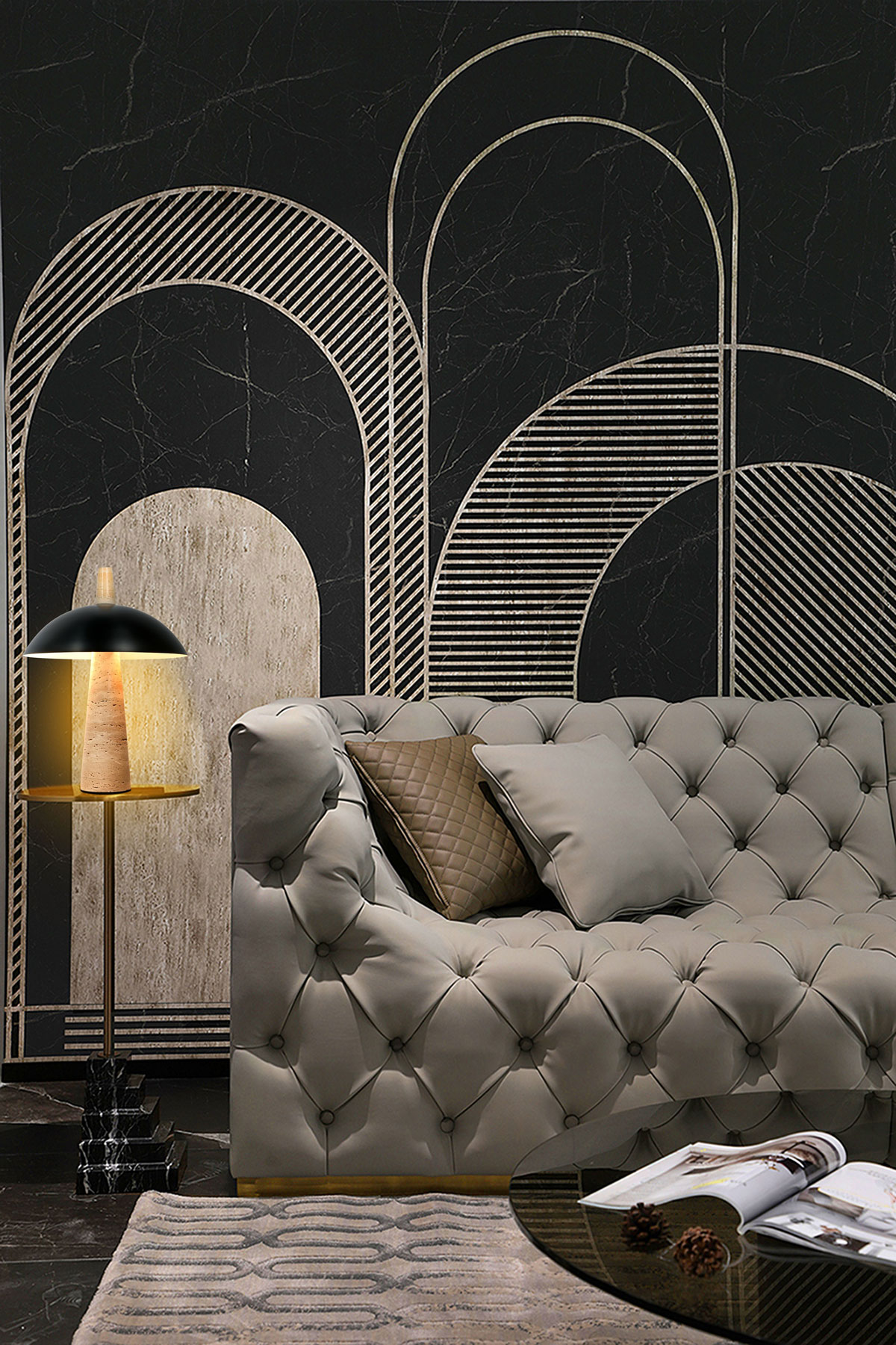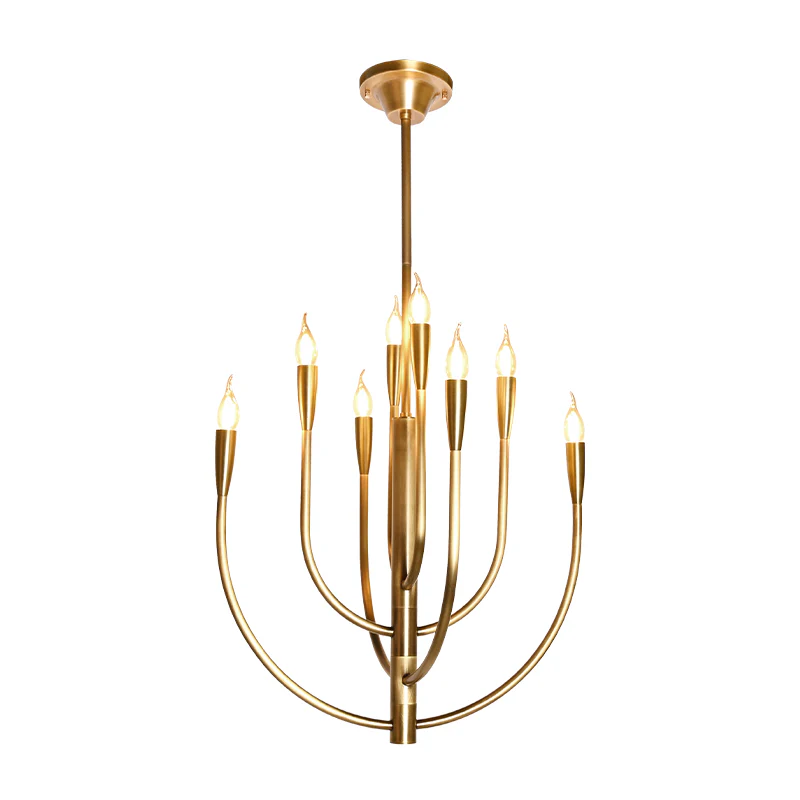Everything You Need to Know About Recessed Ceiling Lights
Everything You Need to Know About Recessed Ceiling Lights
Introduction to Recessed Ceiling Lighting
When it comes to home lighting, recessed Ceiling Lights have become an increasingly popular choice among homeowners and interior designers alike. These fixtures, also known as pot lights or can lights, provide a sleek, modern appearance while offering versatile lighting solutions for any space. In this article, we will dive deep into the world of recessed Ceiling Lights, exploring their benefits, types, installation processes, maintenance tips, and more. By the end of this guide, you'll be well-equipped to choose the perfect recessed lighting for your home.
What Are Recessed Ceiling Lights?
Recessed Ceiling Lights are fixtures that are installed directly into a ceiling, creating a streamlined look. They consist of a housing that is fitted into the ceiling and a trim that is visible to the eye. Unlike traditional ceiling fixtures, recessed lights do not take up visual space, which makes them ideal for low-ceiling areas or minimalist designs.
Benefits of Recessed Ceiling Lighting
There are several reasons why recessed Ceiling Lights are favored by many:
- Space-saving design: Because they are installed into the ceiling, they free up floor and wall space, making a room look larger.
- Versatility: Recessed lights can be used for general lighting, task lighting, or accent lighting. This makes them perfect for restaurants, homes, offices, and retail settings.
- Design Flexibility: Available in various sizes, colors, and styles, these fixtures can seamlessly blend with any decor.
- Energy Efficiency: Modern recessed lights often use LED bulbs, which consume less energy than traditional incandescent bulbs, leading to lower electricity bills.
Types of Recessed Ceiling Lights
Understanding the various types of recessed Ceiling Lights is crucial for selecting the right fittings for your needs. Here are some common categories:
| Type | Description |
| New Construction | Designed for spaces being built from scratch or undergoing significant renovations. |
| Remodel | Ideal for retrofitting into existing ceilings, these fixtures require accessibility from above. |
| Adjustable | Can be tilted or adjusted to spotlight artwork or other features. |
| Shower Lights | Specially designed to be moisture resistant for use in bathrooms. |
Factors to Consider When Choosing Recessed Ceiling Lights
Before purchasing recessed Ceiling Lights for your home, consider the following factors:
- Ceiling Height: The height of your ceiling will affect the placement and size of recessed lights.
- Light Output (Lumens): Ensure that the lumens output is sufficient for your intended purpose, whether it's general or ambient lighting.
- Color Temperature: Choose between warm white, neutral white, or cool white according to the ambiance you wish to create.
- Trim Style: Trims come in various styles, including baffle, eyeball, and flat. Each style serves a different aesthetic purpose.
Installation Process for Recessed Ceiling Lights
Installing recessed Ceiling Lights can be a DIY project if you have basic electrical knowledge, but it is advisable to consult or hire a professional. Here's a simplified installation process:
- Plan Your Layout: Determine where you want the lights located and measure spaces to ensure even distribution.
- Turn Off Power: Safety first! Always turn off power at the breaker box.
- Cut Holes: Using a drywall saw, cut holes for the light fixtures based on their housing dimensions.
- Run Wiring: Ensure that you have the proper electrical connections in place for your fixtures.
- Install Housings: Secure the housings inside the cut holes and connect wiring.
- Install Trims and Bulbs: Attach trims and bulbs according to the manufacturer’s instructions.
- Turn Power On: Restore power at the breaker box and test the lighting.
Maintenance Tips for Recessed Ceiling Lights
Proper maintenance ensures longevity and optimal performance of your recessed Ceiling Lights. Here are some maintenance tips:
- Regular Dusting: Periodically clean the trims and housing to prevent dust accumulation.
- Check Bulbs: Replace burnt-out bulbs promptly for continuous and efficient lighting.
- Inspect Wiring: Occasionally check wiring connections to ensure safety and functionality.
Conclusion: Your Guide to Recessed Ceiling Lights
In conclusion, recessed Ceiling Lights offer numerous advantages, including space-saving benefits, design flexibility, and energy efficiency. Whether you are considering them for a home renovation or simply upgrading your existing lighting plan, understanding the various types, installation processes, and maintenance practices associated with recessed lights will help you make informed choices.
Keep in mind your ceiling height, light output, and design preferences to find the best fixtures for your needs. If you're unsure, consulting with a lighting designer or electrician can provide additional insight tailored to your specific space.
Recessed Ceiling Lights are no longer just a trend; they are a valuable investment that can elevate the look and feel of any interior space. So, go ahead and consider adding recessed Ceiling Lights to your home; you won’t be disappointed!

